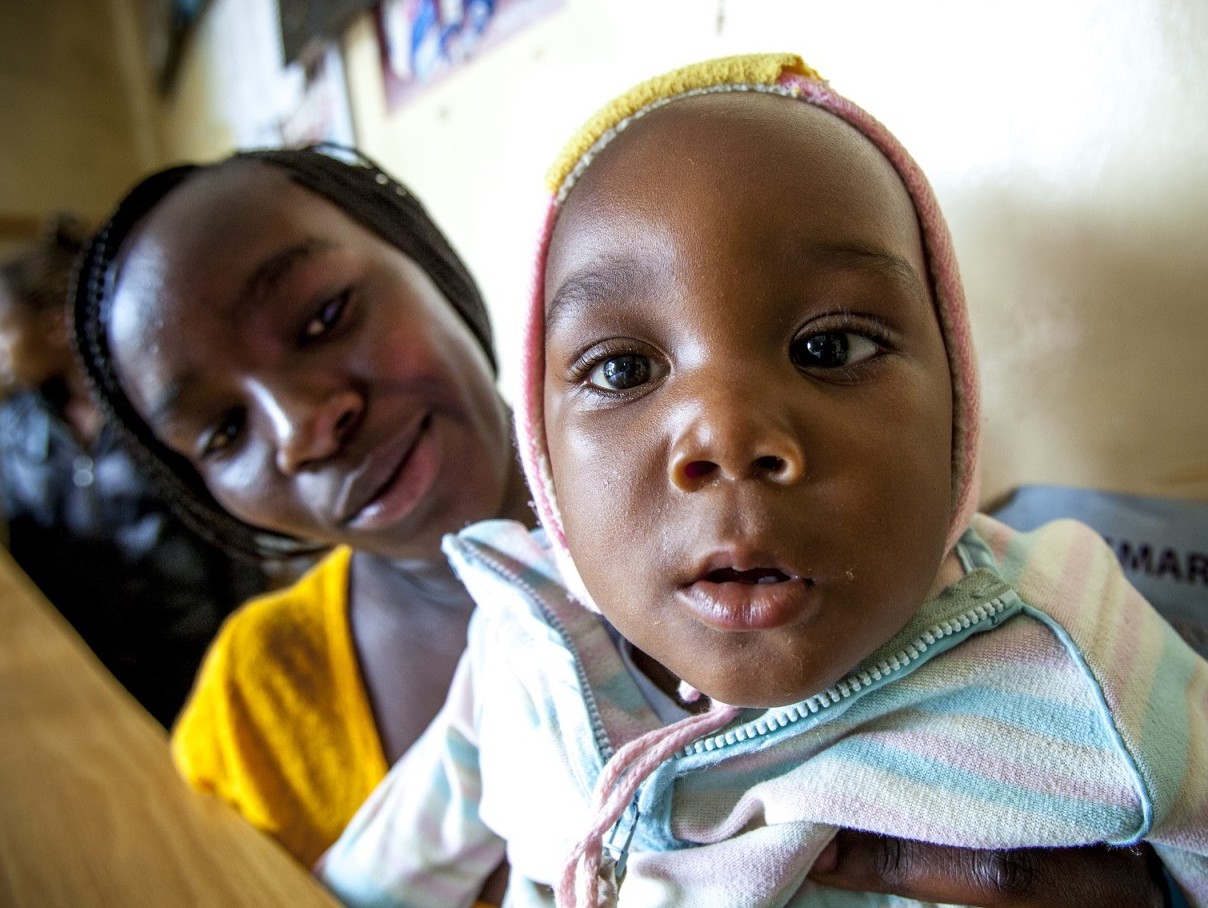Hand in Hand updates M&E with help from Johnson & Johnson
08 Apr 2016

Hand in Hand is dramatically escalating the way we measure our results in Kenya, thanks to a partnership with the Johnson & Johnson Corporate Citizenship Trust and TCC Group, a leading US-based Monitoring and Evaluation (M&E) consultancy.
We’ve known for a long time that jobs for mothers translate into school, health and better nutrition for children – a recurring theme in case studies and other materials. But until now, the relationship has not been systematically explored. Starting on July 1, teams in Hand in Hand Eastern Africa will measure the specific health and children’s education outcomes of our programmes countrywide.
The changes pave the way for a major overhaul in the way we report our work, establishing quality health and education as the ultimate long-term impacts we expect to see, and for which we will monitor over the next five years and beyond.
Evolving M&E
Although Hand in Hand has developed a system to consistently track key outputs of our work – numbers of members and jobs; amounts loaned and repaid; etc. – we are continuing to improve our data reflecting outcomes (the differences in members’ lives that result from our outputs).
The health and education measurement project builds on those efforts, incorporating input from key Hand in Hand staff, and leveraging TCC Group’s experience in establishing evaluation systems. The primary objectives were to:
- Assess and articulate the key health outcomes that Hand in Hand could anticipate from its programming;
- Identify and prioritize core health indicators to be collected by Hand in Hand, and;
- Develop a data collection plan for Hand in Hand Eastern Africa’s programme, and facilitate learnings so that the Afghanistan programme can replicate the process.
This project arrived at opportune time: Hand in Hand was already in the process of reviewing our M&E frameworks, tools and templates.
The technical bit
The changes come after TCC, generously sponsored by Johnson & Johnson’s Healthy Future 2015 initiative, reviewed Hand in Hand Eastern Africa’s strategic plans and core documents to create a logic model incorporating health related outcomes into Hand in Hand’s existing theory of change. Meanwhile, Hand in Hand M&E teams took the opportunity to include children’s education outcomes.
Although Hand in Hand does not focus directly on either health or education, we expect our work in job creation – that is, boosting household incomes and women’s economic empowerment, and enabling more and better food consumption – will lead to outcomes including the prioritisation of household health and education. This expectation, backed by a growing body of case studies, must now be tested against the evidence of what really happens amongst our membership as a whole.
The process examined Hand in Hand’s logic model in granular detail, pairing draft evaluation questions with specific indicators and creating a new evidence framework. In some cases, simple changes on existing formats – for example adding a regular monitoring of working days lost due to poor health – were all it took to establish detailed data streams that will show trends over many years.
Once the TCC team had provided this support, the Monitoring & Evaluation Specialist at Johnson & Johnson Corporate Contributions took over to help review and revise existing data collection tools with Hand in Hand Eastern Africa.
Download PDF
Next steps (still rather technical)
Over the coming months and years, resulting specifically from Johnson & Johnson’s capacity building support, Hand in Hand Eastern Africa has set the following targets:
• All staff trained on the application of new health indicators.
• Health indicators mainstreamed into M&E systems.
• Health indicators contributing to demonstrating impact of Enterprise Development Program.
• Evidence of health impacts part of strategic discussions with funding partners.
• Strengthened partnership with J&J and other health focused partners.
The value to Hand in Hand of Johnson & Johnson’s targeted support cannot be overstated. Throughout the process, we learned enormously from the evaluation practices adopted by health-focused development agencies and incorporated them at the level most relevant for us – the impact level.
